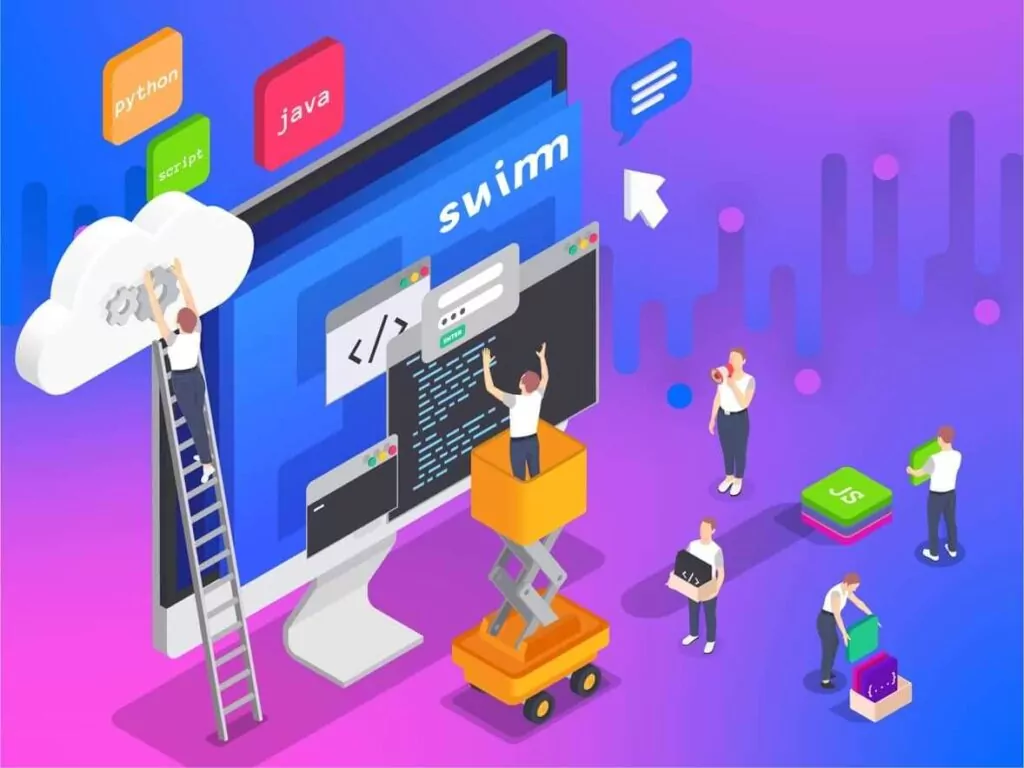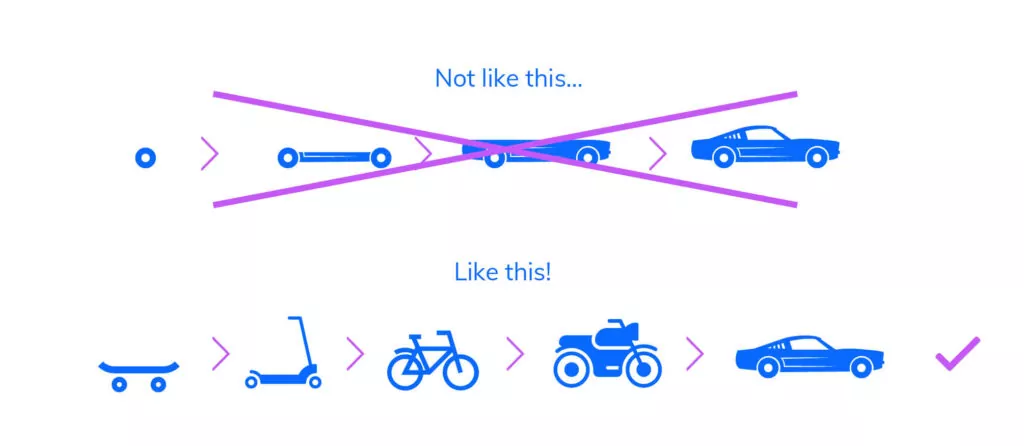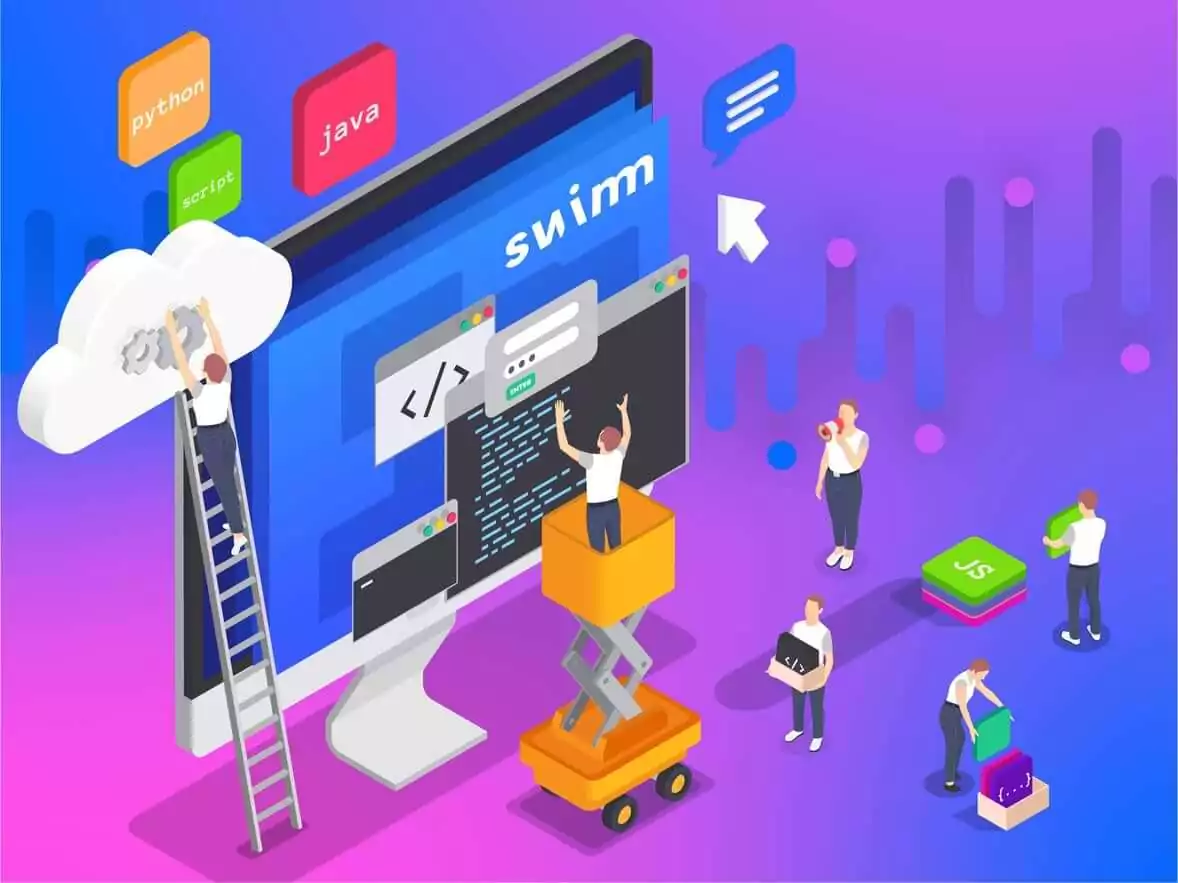Hackathons are great events for developers to build new projects, try out new ideas, learn new methodologies and build teamwork. Just before closing the lid on 2020, we dedicated a work day to a very successful hackathon at Swimm. The goal: dream up innovative and impactful new features. We even had a surprise external judge whose identity was kept secret until the very end. Here are some quick tips for running successful hackathons. We hope they will help you when you participate in your next hackathon or organize one yourself!
This guide is for you if you are:
- Participating in your first hackathon and don’t know what to do
- A hackathon pro but looking to learn more
- Running a hackathon and need a guide to prep participants
What is a hackathon?

A hackathon is an event any one really can contribute to, but mostly software developers crunch to collaborate on creating an innovative project. The idea is to produce functional software at the end of the event. Some very successful startups started out as hackathon projects (and also lots of fun projects that stayed that way – which is totally fine!).
Why hackathons make us better developers
- Networking. The condensed time frame propels us to research and learn from other participants.
- Having fun. Get’s our collaboration levels up and creative juices flowing.
- Challenges are critical. A hackathon is a great place to challenge yourself to coding or building something that involves learning new skills.
- Evaluating yourself. A hackathon enables us to see where we stand in terms or technologies and languages, as well as our softer skills and teamwork. This is a great opportunity to see what you bring to the table and which topics and skills you can learn to get better.
- Making something. Through the hackathon you will be able to evaluate:
- How feasible your solutions are
- Which technical abilities you need to brush up on to solve the problem
- The product-market fit of your idea
Even if you don’t have a project in mind, a hackathon is a great place for building something new and innovative with a group of people you don’t usually get to work with.
Know your resources

- Your team – which will consist of developers, data scientists, juniors coming to learn, UX/UI designers, and more. Some hackathons let you pre-arrange a team.
- Time – hours to days
- And of course – snacks and coffee to keep you charged.
How can I come up with an idea?

You might already have a great idea you’ve been holding on to for months, waiting for the right timing. If you don’t, here are some guidelines to point you in the right direction:
- Find a problem/pain/need – Necessity is the mother of invention. Think about what you or your friends are lacking, or something that would make your life/work a whole lot better.
- Now, think what would make the best solution for that problem, the fantasy tool. That’s your idea.
- Before charging forward, make sure no one else did it before you. If they did, prove you can do it better.
- Think about your target audience, who would use this feature? Put on your different hats – pessimist, optimist, friends and family and think of what they would ask or say about this product.
How do I know I have an MVP?

In a hackathon, you need to build an MVP, not an entire product. Understand the core of your idea – the minimum number of features you must have in order to be able to call it what it is. This is the most important concept of any project.
Be sure to be flexible, because ideas can change through the creation process. But, don’t be too flexible. Don’t get to a point where you lost sight of the original concept and goal of your project.
How can I start implementing my project?

Start implementing your project’s skeleton once:
- You have a somewhat developed idea
- Your team decided on a stack
Don’t wait for the complete complexity of your idea to be pieced together.
Pro tip: don’t implement features that you can find libraries for. Use as many frameworks, libraries, code snippets and APIs as you can.
What’s the development process?
- Research: Google, Stack Overflow & open source are your friends
- Plan: What are you going to build? When? Don’t waste all your time on one small part of the development. If something turns out solvable but takes time, leave it to the end.
- Develop: Remember – Quick and dirty hacks are common practice in a Hackathon.
- Test
- Build a demo and pitch
Be sure to take breaks for eating, sleeping and clearing your mind. Sometimes taking a short break can suddenly make solutions to problems very clear.
Wait, a pitch?
Storytelling is 50% of the process. At the end of a hackathon, it is common for each group to present their project with a deck, demo and pitch. It’s about telling why the product is the best solution for the need.
What happens if I need help?
Mentors or the hackathon organizers will be there for you, if your team members cannot help you find the right answer.
What’s the best way to collaborate as a team?

Here are some teamwork tips:
- Make decisions as a group after everyone has a chance to speak their mind
- Try to get the most of every team member by selecting relevant tasks
- Choose a project manager that will glue everything together. Although it sounds like it, she is not the boss, but rather the orchestrator
- Split the work up to independent tasks
- Each team member should have her or his own responsibilities (You can use Github issues or ClickUp for that)
- Leave your ego at the door
Reach out to us if you’re running a hackathon for educational or promoting knowledge sharing on open source tools – info@swimm.io
